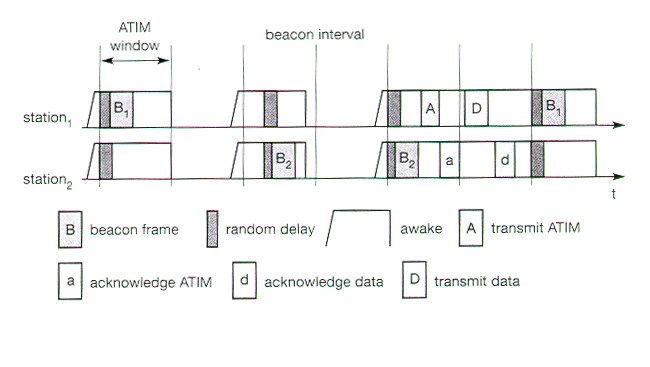
Unfortunately, there is no set number that works best for all equipment and wireless needs. A good place to start is 50 ms, and you can monitor performance, signals, and other data to determine whether this value needs to be tweaked. If you have a wireless network that has multiple access points with multiple users, it is best to drop the value below the default 100 ms. In this case, you would adjust down to a number between 100 and 700ms. However, if this number exceeds 700 ms, signal stability may be affected. In addition to easy setup, this router also has a web-based configuration tool for adjusting settings including beacon interval and RTS threshold.Ī general rule of thumb is that if you have a home network with a strong signal, you can adjust to the highest allowable range. For example, Asus hardware ranges from 20 to 1000 ms, while D-Link is more restrictive at 25 to 500 ms.Ī good router for a basic home network is the Netgear WG602. Different makes have different ranges that can be used. The specific setting also depends on the settings for your particular router. If you want longer battery life and a strong signal, higher settings can be used. If you are struggling with a weak signal, keeping your settings low will be a potential remedy for this issue. Beacon Intervalįinding the Right Beacon Interval Settings for Your Needs However, if you struggle to stay connected, the tradeoff may be well worth it to get a steady signal, especially in areas where there is interference. The drawback of lower settings is that they can be far more draining on the battery of your devices. Lower intervals are recommended for use with multiple access points, as the more frequent broadcasts allow devices to decide on the better AP for connection. Some who have tested this method have also found that longer times between broadcasts can improve battery life of devices including laptops and smartphones between charges.ĭecreasing your beacon interval means that the router is using more of its capacity to send out beacons, which leaves less bandwidth for network traffic.

When the router is using less bandwidth to send out beacons, more of its capacity is dedicated to network throughput. Increasing the beacon interval above 100ms can increase throughput and may result in better speeds and performance.

There are a few guidelines that can be used to guide you to the proper settings for your hardware. Most routers allow the user to adjust the beacon interval within a range from 20ms to 1000ms (from the default 100ms). When troubleshooting other settings hasn’t affected the speed of slow broadband service, an adjustment to the beacon interval may be necessary. While the default setting of 100ms may work fine for most networks, adjustments may be necessary if there is a significant lag in wireless speeds. Most routers are automatically set to a default of 100 milliseconds.
The beacon interval is simply the frequency of the beacon – how often the beacon is broadcast by the router. A beacon is needed to receive information about the router, included but not limited to SSID and other parameters. What Exactly Is a Beacon Interval?Ī beacon is a packet broadcast sent by the router that synchronizes the wireless network. There is one step in optimizing that is often overlooked, and that is adjusting your beacon interval. When your internet speeds drop, there are a few common troubleshooting steps that you take, such as resetting or unplugging your router, changing configurations on your laptop, or even contacting your ISP.


 0 kommentar(er)
0 kommentar(er)
